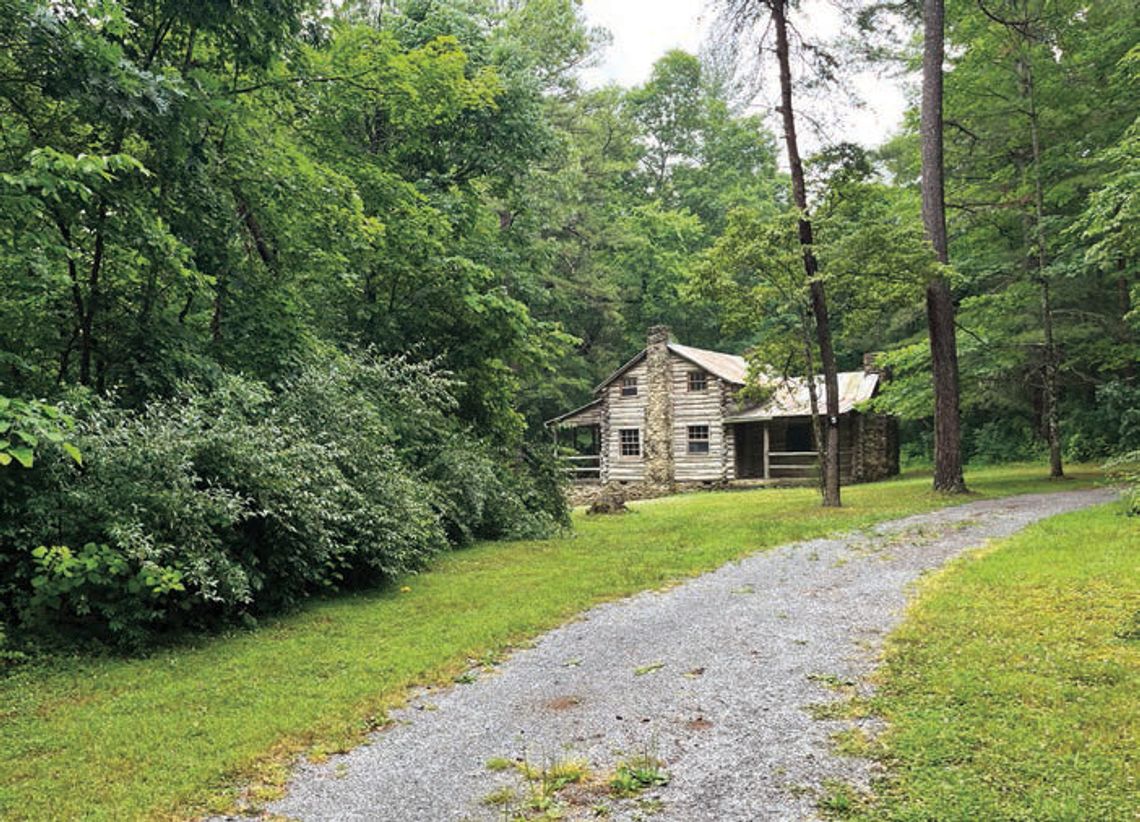Historic Lexington Foundation is sponsoring two Preservation Month events this May.
PLEASE LOG IN FOR PREMIUM CONTENT. Our website requires visitors to log in to view the best local news.
Not yet a subscriber? Subscribe today!

Historic Lexington Foundation is sponsoring two Preservation Month events this May.